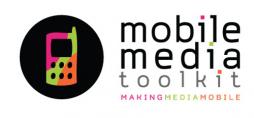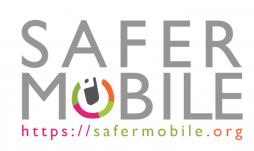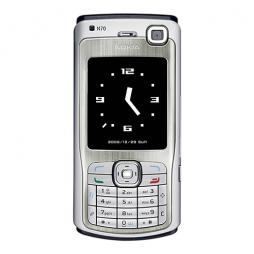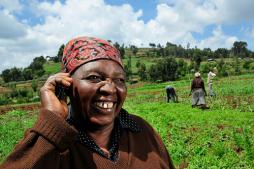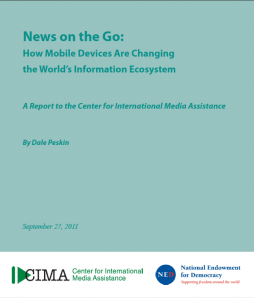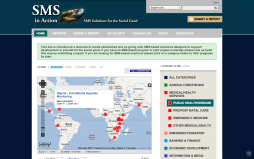Mobile phones may be one mechanism to increase effectiveness and efficiency for agricultural extension in low-income countries. Agricultural extension, broadly defined as the delivery of information to small-scale farmers, was developed to counteract information asymmetries suffered by farmers with limited access to information sources like landline phones, newspapers, radios and TV programming. This has meant that farmers have not been able to take advantage of innovations in agricultural production (from seed types to information about pest control or crop rotations) and have been largely unable to increase their yields and hence incomes.
While agricultural extension programs have tried to counteract this lack of information, they have also been long plagued by lack of scale, sustainability, relevance and responsiveness. Mobile phones, with their low-cost and capability for quick communication, may resolve many of these obstacles.
Dial “A” for Agriculture: A Review of Information and Communication Technologies for Agricultural Extension in Developing Countries, by Jenny C. Aker, a well-known researcher in the field, provides a broad overview of the shift toward using mobile phones in extension services and offers critical guides for assessing the effectiveness of such programs.
Half a century ago, extension programs were conceived to fill the glaring gap between agricultural innovation and crop yields. Despite great advances in agricultural innovations in the latter part of the twentieth century, farmers in Latin America and especially Sub-Saharan Africa have only seen slight increases in yields. Extension programs,which have largely taken the form of in-person visits and training, have consistently suffered from questions of cost-effectiveness.
